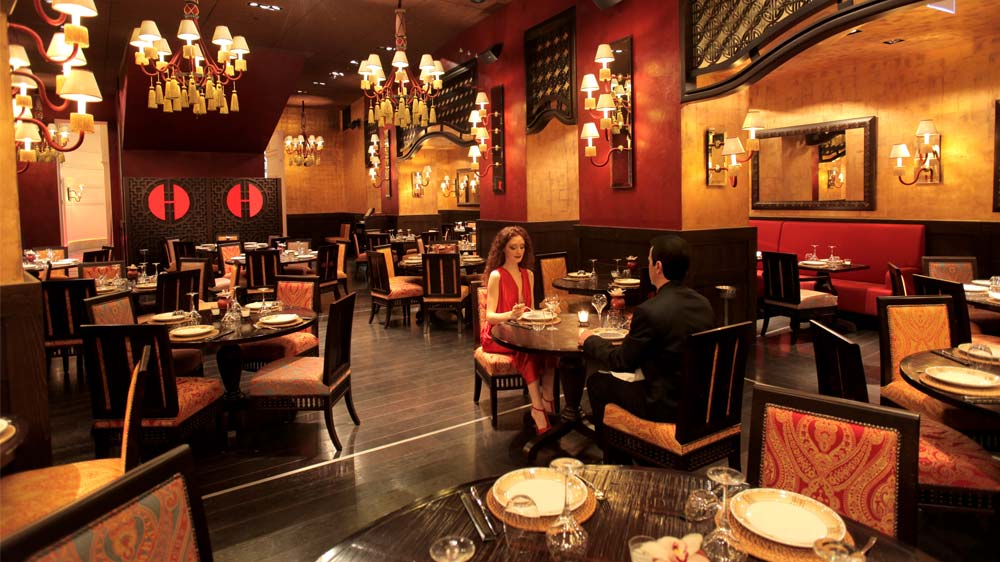
Market Overview
A Fine Dine restaurant is either a specialty or a multi-cuisine restaurant with a strong focus on quality ingredients, presentation and immaculate service. The segment is growing at a healthy rate of ~15% that has encouraged the entry of premium Michelin-star restaurants such as Hakkasan and Yauatcha and other domestic players such as Italia, kylin, Olive Bar & Kitchen, etc. in the market. With successful operations of these brands in the market, it is inevitable that brands such as Nobu, Carluccios and Zuma will soon mark their presence in the Indian market.
The chain Fine Dine market size is estimated to be INR 500crore (USD95million) in 2013. The chain segment is predominantly limited to “starred” hotels and exclusive standalone entrepreneurial ventures. It is estimated to reach INR 1,010 crore(USD195 million) by 2018 growing at a CAGR of 15%.
The market rests largely on the affluent consumer who has the willingness to indulge in and experience exotic foods. Metros and mini metros dominate this market as consumers in these cities have high disposable incomes with increased spending power. They are also exposed to a variety of brads/cuisines, and thus the higher indulgence levels. In contrast, Tier I and Tier II cities do not show a significant consumption potential in the short-term(2-3years) and will continue to make only minor contributions to the total chain Fine Dine market.
Market Players
The chain Fine Dine market in India has ~50players with ~150-200 outlets spread across major cities, with the absence of large chains. Over the years, the market has been dominated by homegrown, standalone brands and has of late seen an influx of premium luxury brands. These brands have brought with them an exclusive experience and introduced newer cuisines, viz. Cantonese cuisine by Hakkasan, (which imports) ~80% of its ingredients from Japan), etc.
Their menu specialization and outlet presence is limited mainly to metro and mini metros. Homegrown brands like Kainoosh, Punjab Grill, Punjab by Nature, Sigree, Indigo, Tonino’s, Diva, The Table, Kylin, Smokehouse Grill, Mainland Chain, Taman Gang, Fio and Olive Bar & Kitchen attract a large number of customers in comparison to their international counterparts. These players cash in on their elaborate service and exquisite experience.
With the target customer willing to pay a premium for high-quality food, service and experience, the Fine Dine segment is innovating with customized menus, chef-customer interactions, etc. It has been the pioneer in introducing several new techniques and concepts to the restaurant industry like teppanyaki tables, sushi, barbeques, grill tables, etc. Also in order to expand the diner’s the diner’s horizons. Fine Dine restaurants are educating them about their menus. Techniques like sous-vide and molecular gastronomy has begun to trend in the kitchens of popular high-end Fine Dine restaurants.
Brand Outlet Presence-City Type
Fine Dine is a niche segment of the food services market, with few competing players, as these outlets are limited to starred hotels/boutique restaurants. Over 90% of Fine Dine outlets are present in metros and mini metros. They cater to the affluent class which is limited in size and present mostly in larger cities.
Trade Dynamics.
Product Sales and SKU Mix.
Fine Dine restaurants are food-centric outlets, with food contributing ~66% of total sales followed by beverages at 30%(Exhibit 39). The SKU mix is almost proportional to the sales mix. Food constitutes over 70% of the SKU mix as it is the core product offering in these outlets.
Sales Mix-Dine-in & Non-Dine-in
Unlike other eating –out formats, Fine Dine restaurants focus on customer experience, outlet ambience and presentation. Customer pay for signature dishes prepared by talented chefs and served with complete finesse. High-end dining is synonymous with ‘small plating’ and ‘degustation menus’. It is about fresh quality ingredients. Thus, there is no room for delivery and takeways in this segment.
Sales Mix-Peak Business Hours
Peak business hours for a Fine Dine restaurant are dinner hours(1900-0000) which contribute nearly 70% to sales(exhibit 40) as they increasingly gain ground as places to celebrate occasions by consumers and to take business clients by corporate. In comparison, lunch hours contribute ~29% to total Fine Dine sales. These outlets thrive on the concept of Sunday brunches with an exclusive spread that helps them attract crowds during weekend lunch hours.
Overall, the Indian Fine Dine market is in its infancy and is growing with increased consumer experimentation and rising willingness to spend on quality food and experience. The segment’s player are moving to scalable business models with strong back-end operations focusing on high- quality, fresh, organic ingredients and on developing new kitchen techniques to improve efficiency.
Copyright © 2009 - 2024 Restaurant India.









